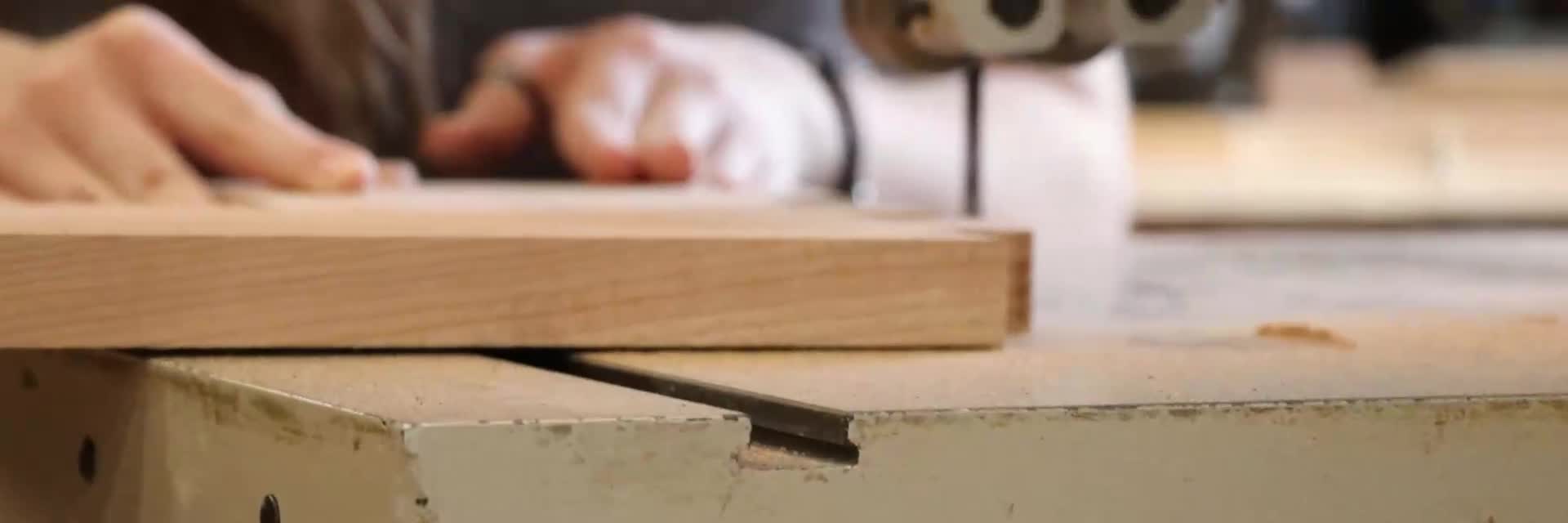
“Highlights from the New Jersey Arts Annual: A Collection of Personal and Creative Works”

# Exploring Art, Diversity, and Inclusion at the 2024 New Jersey Arts Annual
*MONTCLAIR, New Jersey* — The concept of diversity, equity, and inclusion (DEI) has gained immense traction in recent years, particularly after the pivotal racial reckoning of 2020. This cultural shift has led to significant changes in corporate environments, public discourse, and the art world. In fact, statistics from Indeed show a 123% increase in DEI-related job postings between May and September 2020 alone. However, it has also sparked a counter-push against what some have termed “the war on woke.” In contrast to such resistance, DEI continues to serve as a meaningful lens for examining and expanding access to various perspectives in many sectors, especially in the arts.
This year’s New Jersey Arts Annual, hosted by the Montclair Art Museum, exemplifies this vision. Guided by the theme “Exploring Our Connections,” the exhibition invites participants and viewers to contemplate the question, “What would it look like to form a more just and equitable society?” The jurors — Todd Caissie, Kimberly Callas, and Philemona Williamson — selected 63 works by 61 artists who either reside or work in New Jersey. These pieces showcase the state’s incredible diversity and provide creative responses to social challenges, ultimately weaving a narrative of hope, identity, and resilience.
## Diversity in Focus: A Reflection of New Jersey’s Cultural Landscape
New Jersey stands out as one of the most racially diverse states in the U.S. It is home to nearly 2 million immigrants and refugees and boasts a wide range of ethnic and cultural communities. This rich tapestry is reflected in the submissions this year, which hail from artists of various backgrounds. One particularly striking example is “Una historia gringa” (2023), a work by first-generation Ecuadorian-American artist Jonathan Yubi Gomez. This oil painting draws parallels between contemporary labor and historical government-funded mural projects. However, Yubi Gomez’s painting goes a step further by incorporating darker symbols like a Klansman’s hood and the American flag, which recede into the background as the laborers work. This visual representation critiques the imperialist narratives that historically dominated government-sponsored art.
The diversity exhibited in the show is not only about ethnic or racial identity but also embodies perspectives from different stages of life and career paths. The youngest participant is 24-year-old Ian King, whose submission “Mass of neck IV (mint, BETTER)” (2023) uses deeply personal memorabilia from his thyroid cancer treatment to create a poignant collage. At the other end of the generational spectrum, 85-year-old Marion Held continues her *Dress Project* with “Fragile Armor” (2024), which reflects vulnerability through a ghostly slip dress made from cotton, silk, and ceramic. Both artists, despite their age gap, touch upon deeply personal experiences — illustrating how the exhibition connects life stories across time, tackling topics such as illness, healing, and personal identity in ways that can resonate deeply with viewers.
## International Resonances: Beyond New Jersey
The thematic depth of “Exploring Our Connections” extends beyond the borders of New Jersey. Through the lens of different mediums, many works incorporate global perspectives, demonstrating a shared, interconnected human experience. For example, Parvathi Kumar’s photograph “Family Unit” (2023) captures a scene from Oaxaca, Mexico, while Gary Saretzky’s photo “Three Angels with Chitarra” (2023) references his family’s roots in Abruzzo, Italy. Ellen Hanauer’s cloth sculpture “Upcycle” (2023), inspired by a family’s journey through Ellis Island in 1904, further echoes this theme of migration. These works, while anchored in local family histories, also strike a universal chord, reminding us of the commonalities that bind people across different regions and generations.
This connection across space and time is exemplified in how paulA neves explores Newark, New Jersey, through her video essay “Regina” (2023). Her meditative piece juxtaposes images of the city’s urban landscape with reflections on broader human migration patterns. Through this lens, she conveys the message that the places we inhabit carry the legacies of those who came before us, and that our cities are a repository of shared histories.
## Gentrification and Home: Contemporary Issues Unveiled
While many works in the exhibition explore global themes, others bring issues closer to home, confronting audience members with the very real challenges posed by contemporary life in the U.S. One such issue that arises in “Exploring Our Connections” is gentrification. Newark native paulA neves touches on this in her email to *Hyperallergic*, explaining how her living situation reflects the tensions between revitalization efforts touting economic growth and the disruptive force of gentrification. As an adjunct instructor at Rutgers University, neves’s financial situation prohibits her from moving due to the high